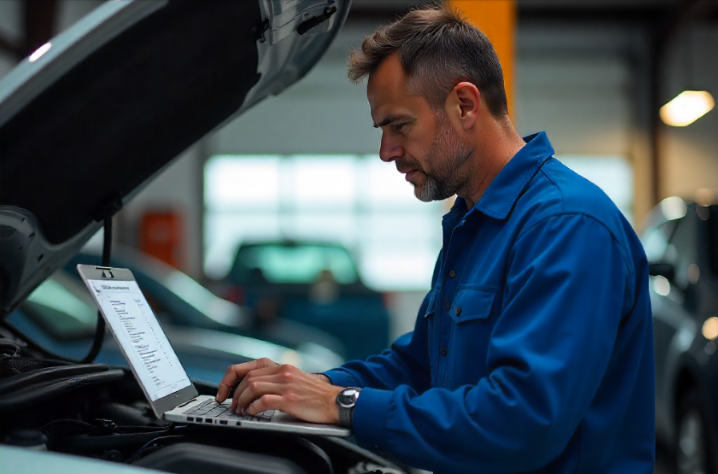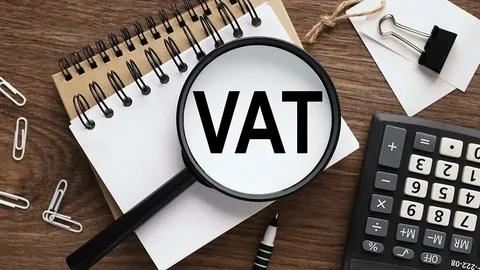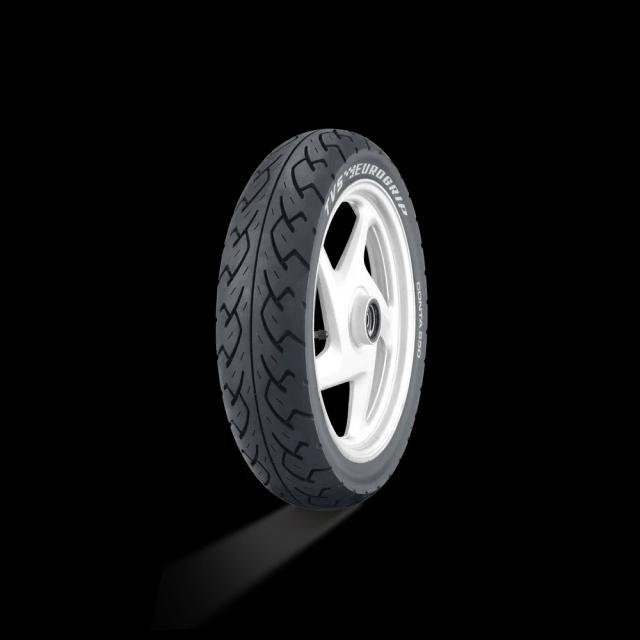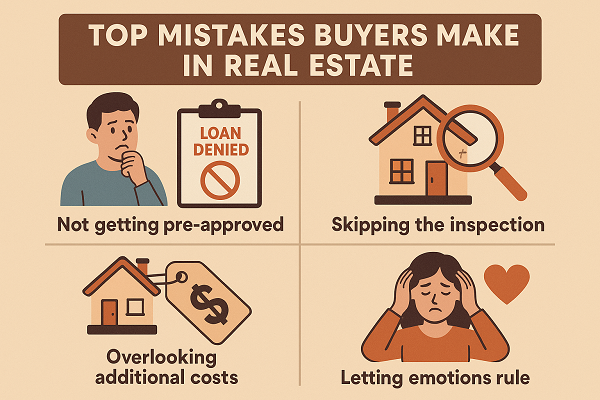Golf carts are essential for navigating golf courses, resorts, and even residential communities. However, like any vehicle, they can develop mechanical issues over time—especially with their braking systems. Brake problems in golf carts can pose safety risks, reduce performance, and lead to costly repairs if left unchecked. Understanding the most common brake issues and their solutions can help ensure a smooth and safe ride.
In this article, we will explore the typical brake problems that golf cart owners face and provide effective solutions to keep your cart in optimal condition.
Understanding the Importance of Golf Cart Brakes
Golf cart brakes are designed differently from those in standard vehicles. Most carts use drum brakes, while some advanced models come equipped with disc brakes or regenerative braking systems. No matter the type, maintaining a reliable braking system is crucial for safety.
Without proper maintenance, brake problems can lead to slow stopping times, grinding noises, or even total brake failure. Regular inspections and timely repairs help prevent these issues, ensuring a safe and enjoyable ride.
Common Brake Problems in Golf Carts and How to Fix Them
Let’s take a closer look at the most frequent brake problems in golf carts and their respective solutions.
Soft or Spongy Brake Pedal
One of the most common brake problems is a spongy or soft brake pedal. This issue typically occurs due to air in the brake lines, worn-out brake pads, or low brake fluid in hydraulic brake systems.
Solution:
- Check the brake fluid level (for carts with hydraulic brakes) and refill if necessary.
- Bleed the brake lines to remove any trapped air.
- Inspect the brake pads and replace them if they appear worn.
- Adjust the brake cables to ensure proper tension.
Regularly checking the brake components can prevent this issue from worsening.
Squeaking or Grinding Noises
A loud squeaking or grinding sound when braking is a clear indicator of worn brake pads or accumulated debris in the brake drum. Ignoring this can lead to further damage to the rotors or drums.
Solution:
- Remove the brake drum and inspect the pads for wear. Replace them if necessary.
- Clean out any dirt or debris from the braking system.
- Apply a small amount of brake lubricant to the moving parts to reduce friction.
The timely replacement of brake pads can extend the lifespan of other brake components.
Brakes Not Engaging Properly
If your golf cart struggles to stop even when pressing the brake pedal firmly, the brakes may not be engaging correctly. This problem is often due to worn brake shoes, misaligned cables, or faulty brake calipers.
Solution:
- Adjust the brake shoes to ensure they are making proper contact with the drum.
- Inspect and tighten any loose brake cables.
- Replace damaged or worn brake calipers.
A properly adjusted braking system enhances stopping power and improves safety.
Brake Dragging or Sticking
Some golf cart owners experience brake dragging, where the brakes remain partially engaged even after releasing the pedal. This can lead to excessive wear and reduced performance.
Solution:
- Check for rust or dirt buildup in the brake components and clean them thoroughly.
- Lubricate the brake pivot points to ensure smooth movement.
- Adjust the brake cables to prevent excessive tightness.
Regular maintenance can help prevent this problem from occurring.
Sudden Brake Failure
Complete brake failure is rare but extremely dangerous. It can result from broken brake cables, a failed master cylinder (in hydraulic systems), or worn-out brake components.
Solution:
- Inspect all brake components, including cables and connections, for visible damage.
- If the cart has hydraulic brakes, check the master cylinder and replace it if it is faulty.
- Test the entire braking system regularly to catch issues before they become critical.
Brake failure is a severe issue that requires immediate attention.
How to Maintain Your Golf Cart Brakes for Longevity
Regular maintenance is key to preventing brake problems in golf carts. Here are some essential tips:
- Inspect the Brakes Regularly: Check for worn-out pads, loose cables, or signs of damage at least once a month.
- Keep Brake Components Clean: Dust and debris can accumulate over time, affecting performance. Cleaning the brakes prevents buildup.
- Lubricate Moving Parts: Applying brake grease to pivot points and cables reduces friction and prolongs component life.
- Adjust the Brakes Periodically: Over time, brake cables and shoes may shift. Adjusting them ensures consistent braking performance.
- Replace Worn-Out Parts Promptly: Delaying necessary replacements can lead to costly repairs and safety hazards.
Proper maintenance ensures that your golf cart remains safe and efficient.
Professional Brake Repair Services for Golf Carts
While some brake issues can be fixed with DIY methods, others require professional attention. If you notice persistent brake problems, it may be time to seek expert help.
For those in Delaware, finding reliable brake repair for golf carts in Millsboro can ensure that your cart’s braking system is properly inspected and repaired. Professionals have the expertise and tools to diagnose complex issues and perform necessary adjustments or replacements.
Whether it’s adjusting brake cables, replacing pads, or fixing hydraulic components, professional services help maintain optimal performance and safety.
Conclusion
Brakes are one of the most critical safety features in a golf cart. Understanding common brake problems—such as spongy pedals, grinding noises, or brake failure—can help you address them before they escalate. Regular maintenance, timely repairs, and professional inspections are key to ensuring your golf cart’s braking system remains in top condition.
By following the solutions outlined in this guide, you can prevent costly repairs, enhance your cart’s performance, and ensure a safe, smooth ride. Keep an eye on your golf cart’s brakes, and don’t hesitate to seek professional help if needed.
















Leave a Reply